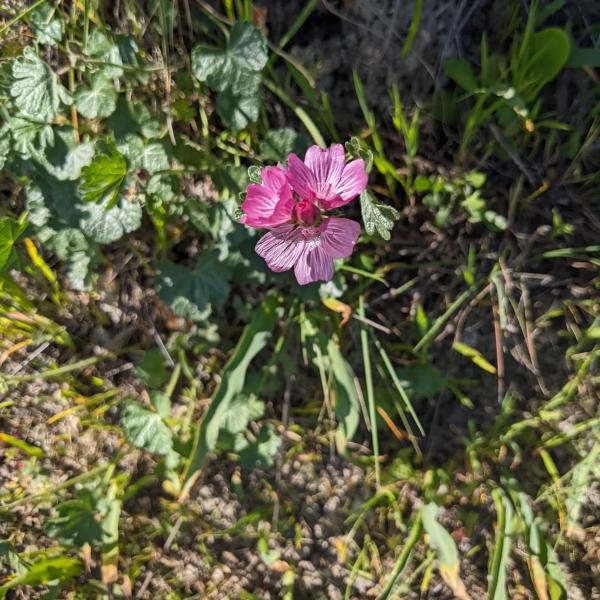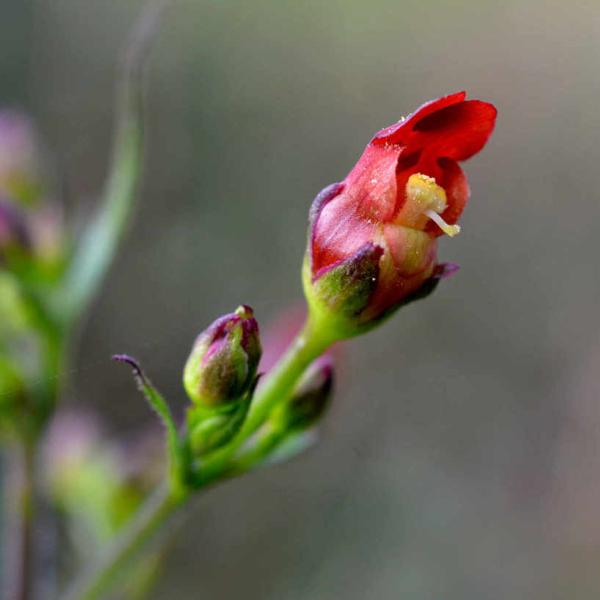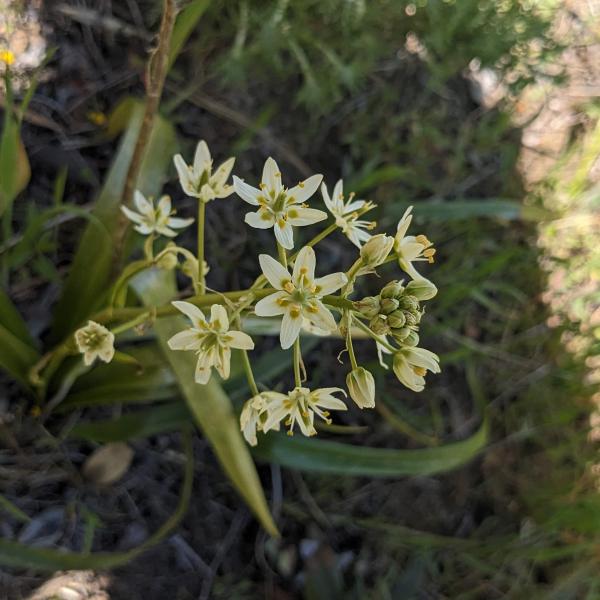Of all of California’s habitats, coastal grasslands are among the most biodiverse. Cloverdale Ranch Open Space Preserve, Midpen’s newest preserve established in 2023, contains large tracts of biologically rich coastal grassland and coastal scrub habitats, supporting a diverse community of native plants including many unique wildflowers.
The purchase of Cloverdale Ranch Preserve, funded in part by Measure AA which local voters approved in 2014, ensures that important native wildflower habitats are protected and cared for in perpetuity.
In alignment with Midpen’s unique mission on the San Mateo County coast, Measure AA will also fund infrastructure improvements at Cloverdale Ranch Preserve to help sustain conservation grazing in parts of the preserve. This program in partnership with local ranchers provides periodic disturbances that coastal grasslands evolved with, and can benefit from, to prevent encroachment of shrubs and forest and loss of biodiversity to nonnative plants. Midpen staff monitors conservation grazing areas to ensure that grazing management is promoting conservation goals.
“Within the grassland community, small-seeded wildflowers and native grasses are not particularly competitive with the more pervasive, nonnative annual grasses that dominate local grasslands today,” Midpen rangeland ecologist and botanist Lewis Reed said. “Conservation grazing can help moderate that competition, benefitting certain native plants.”
These four native wildflowers can be found along grassland trails, including at Cloverdale Ranch Preserve, this spring. As you embark on a treasure hunt for these spring gems, please leave them as you find them to ensure that wildflowers continue to thrive for years to come.

Dwarf Checkerbloom
A native to the coastal regions of California, the rose-colored flowers of dwarf checkerbloom (Sidalcea malviflora) flowers from March to July each year.

California Bee Plant
Blooming from February to May, the California bee plant (Scrophularia californica) produces copious amounts of nectar, attracting hummingbirds, bees and wasps to its small red flowers, and also serves as a host plant to the Chalcedon checkerspot butterfly.
Sky Lupine
Small in stature but brilliantly blue, the aptly named sky lupine (Lupinus nanus) can often be found growing alongside California poppies and tidy tips on grassy hillsides from March through May.

Fremont’s Star Lily
With yellow and white star-shaped flowers that bloom from March to May, Fremont’s star lily (Toxicoscordion fremontii) can easily be mistaken for look-alikes with edible bulbs. All parts of this plant are poisonous to animals, including humans.
